Your choice of helmet and goggle in the backcountry may seem trivial (“What makes one combination any different from any other?”) but constant product tweaking and evolution have produced helmets that are lightweight and low profile, have incredible venting capabilities and still provide the utmost protection (innovations like MIPS and POC’s new SPIN are aimed at combating dangerous rotational forces from rocking brains). Perhaps the biggest plus of today’s helmets: They’re damn comfortable, which allows you to ski all day without having to stop to give your head a breather. As for goggles, field of view is always improving and advances in lenses that allow increased contrast and clarity—ideal for when weather and visibility changes on a dime—have become prevalent.

This past weekend, I was able to test out POC’s new Auric Cut Backcountry SPIN helmet and Clarity goggle during a seven-plus-mile roundtrip tour and ski (which included almost 3,000 feet of elevation gain) of James Peak in Colorado’s Front Range. Whether I was wearing the gear or had it loaded onto (or stowed, in regards to the goggle) my pack, both items were on my person at all times. The biggest thing I noticed on the ascent, specifically about the helmet, was the lack of weight it added while strapped to my pack. While the Auric Cut Backcountry SPIN is a two-piece, hard shell helmet (it features an ABS outer shell bonded to a multi-impact EPP liner), the weight was comfortable on either the ascent or descent.
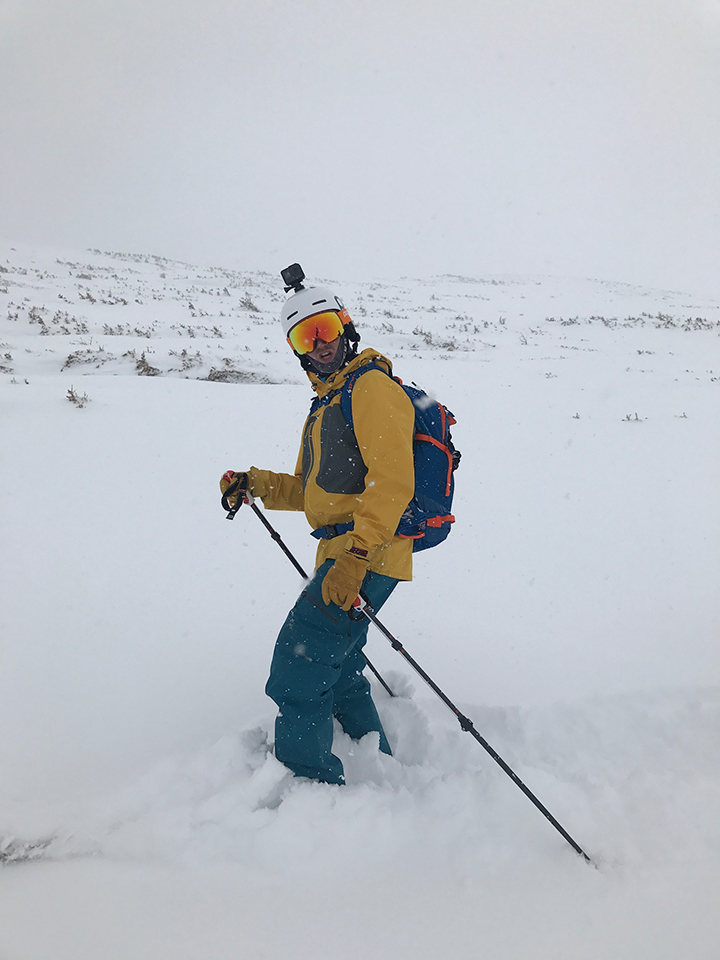
Before talking about how the helmet and goggle combination performed on the descent, let’s dive into their unique constructions. The helmet utilizes POC’s brand new SPIN technology, being introduced in helmets for the fall of 2017. The system utilizes strategically-placed silicone-injected pads, attached to the EPP liner and contacting the head, that are placed throughout the interior of the helmet. Two longer pads run laterally in the front and back and seven others are arranged in the shape of the sun on top. The silicone allows shearing in all directions—parallel surfaces sliding past one another—in the event of a rotational impact. This allows the helmet to move relative to the head, mirroring the protection the brain’s own cerebrospinal fluid provides. For those unaware, rotational forces (as opposed to linear ones) transpire when your cranium impacts an object at an angle. The majority of skiing crashes you’ll endure will come at an oblique angle rather than head on.
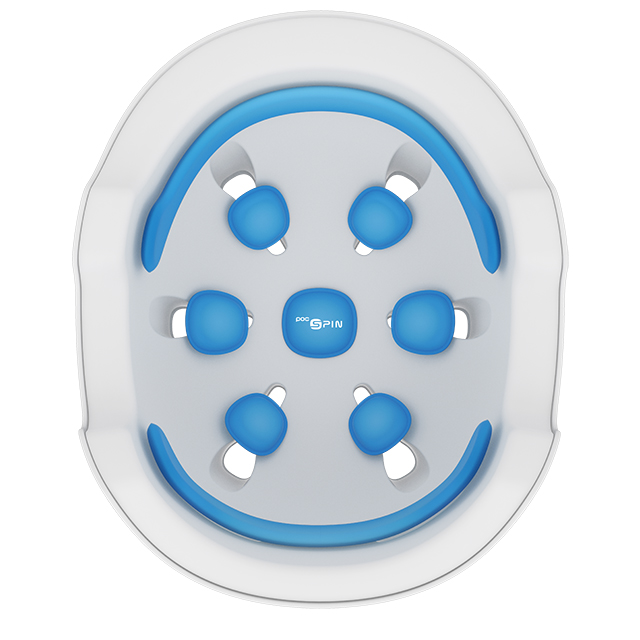
Now, I didn’t have the opportunity to truly test the SPIN system, as I safely made it down from the summit of 13,294-foot James Peak without any crashes. However, weather conditions were extremely difficult: The majority of the day was spent in a white out, with visibility being near zero. Having the peace of mind that my head was protected should I miss a lurking shark in the snow because of the poor visibility was great and promoted confidence on the descent. The bottom line: While no skier wants to truly test the capabilities of SPIN (or MIPS, for that matter), testing the limits on skis inevitably comes with the risk of injury. These types of technologies can be relied upon from amateurs to pro skiers alike to protect their precious brains.
My biggest takeaway with the helmet was the fit. The silicone-injected pads that run laterally in the front and back provide incredible cushioning. It felt like a Tempur-Pedic pillow in my helmet. From there, a standard crank tightened and loosened to ensure optimal sizing. An easy-to-access venting system—a switch up top opens and closes the vents—also aided in my comfort, whether building up a sweat on the skate to the trailhead or trying to warm up at the summit.

The Clarity goggle was also a hit. POC’s group of Clarity lenses are designed to provide optimal contrast in three different scenarios: sunny, partly cloudy and overcast. Each lens has a different visual light transmission (VLT). With such poor visibility, I certainly benefited from the attention to contrast—I was utilizing the “partly cloudy” version, as it was the only one in my possession. I will certainly be swapping in the other lenses as conditions allow, too.
If possible, I’m sure I would have benefited greatly from the “overcast” lens, with its VLT of 49 percent. The “sunny” option, great for those bluebird days, comes in at a VLT of 13 percent. In addition to the lens clarity, the wide field of view boosted my visual awareness, helping me spot any wind drifts or variables sitting in my peripherals.
Be on the lookout for the Auric Cut Backcountry SPIN helmet and Clarity goggle on the walls of your favorite ski shop this fall.


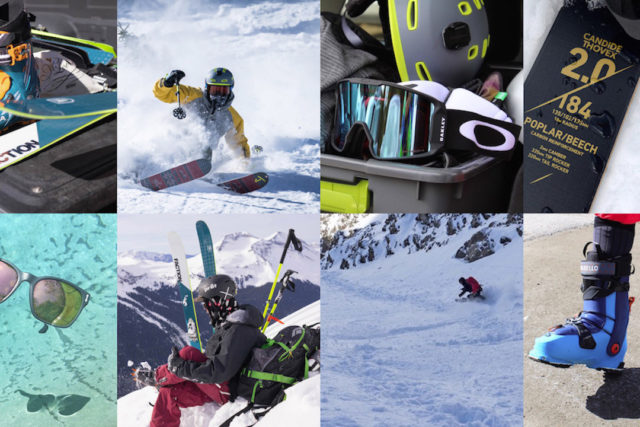

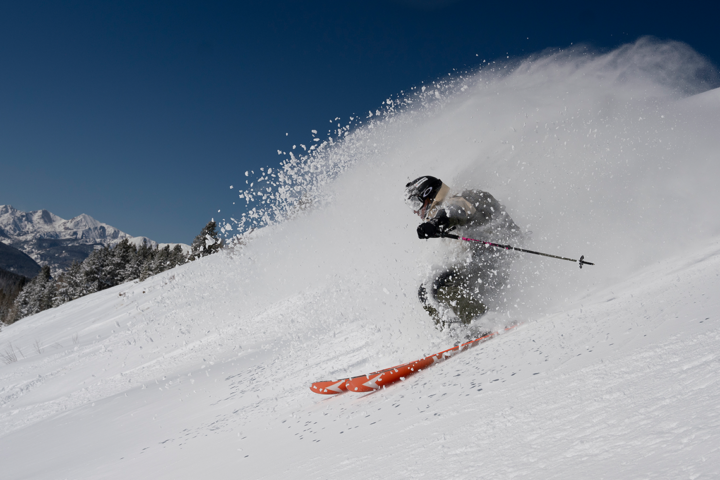
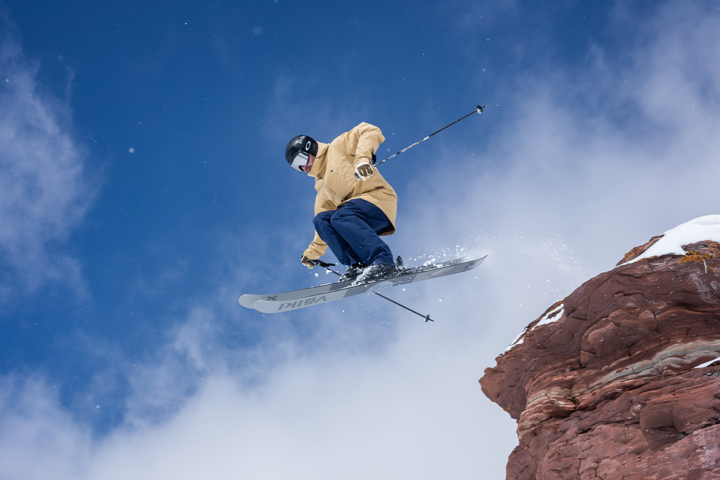

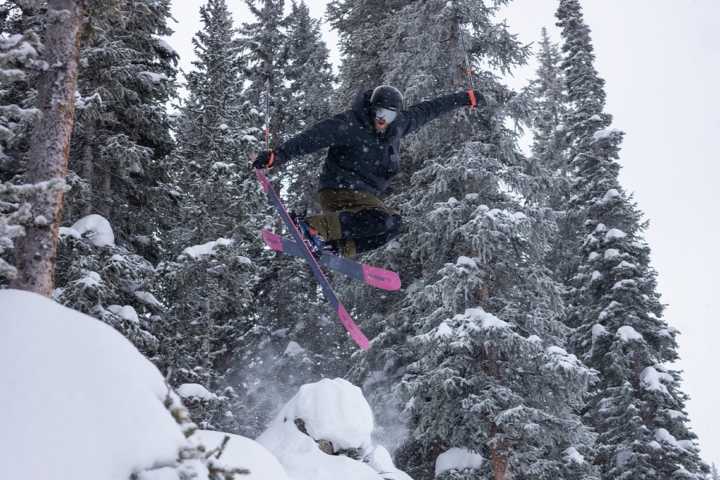
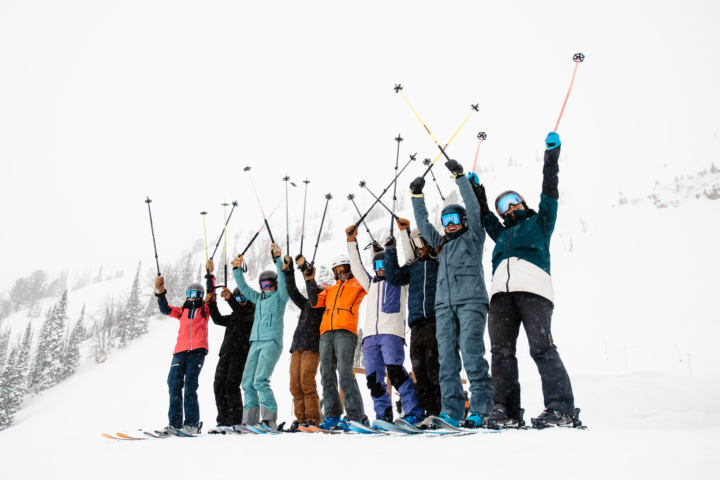
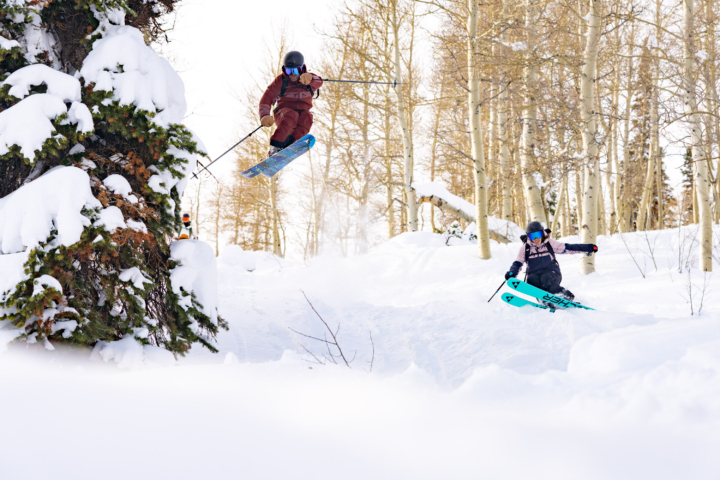
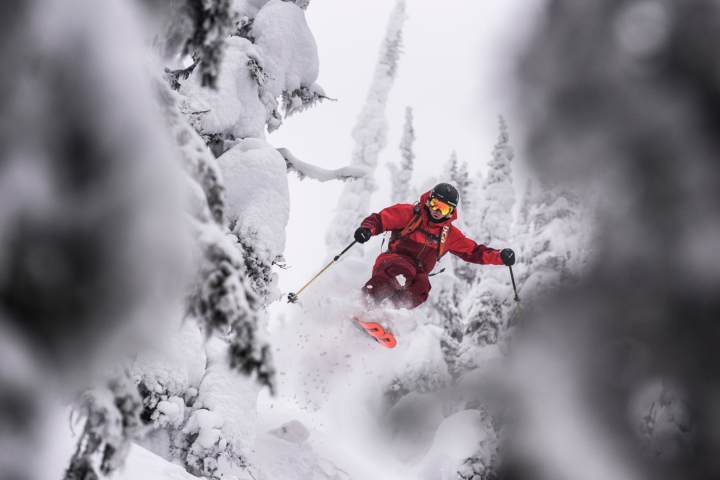
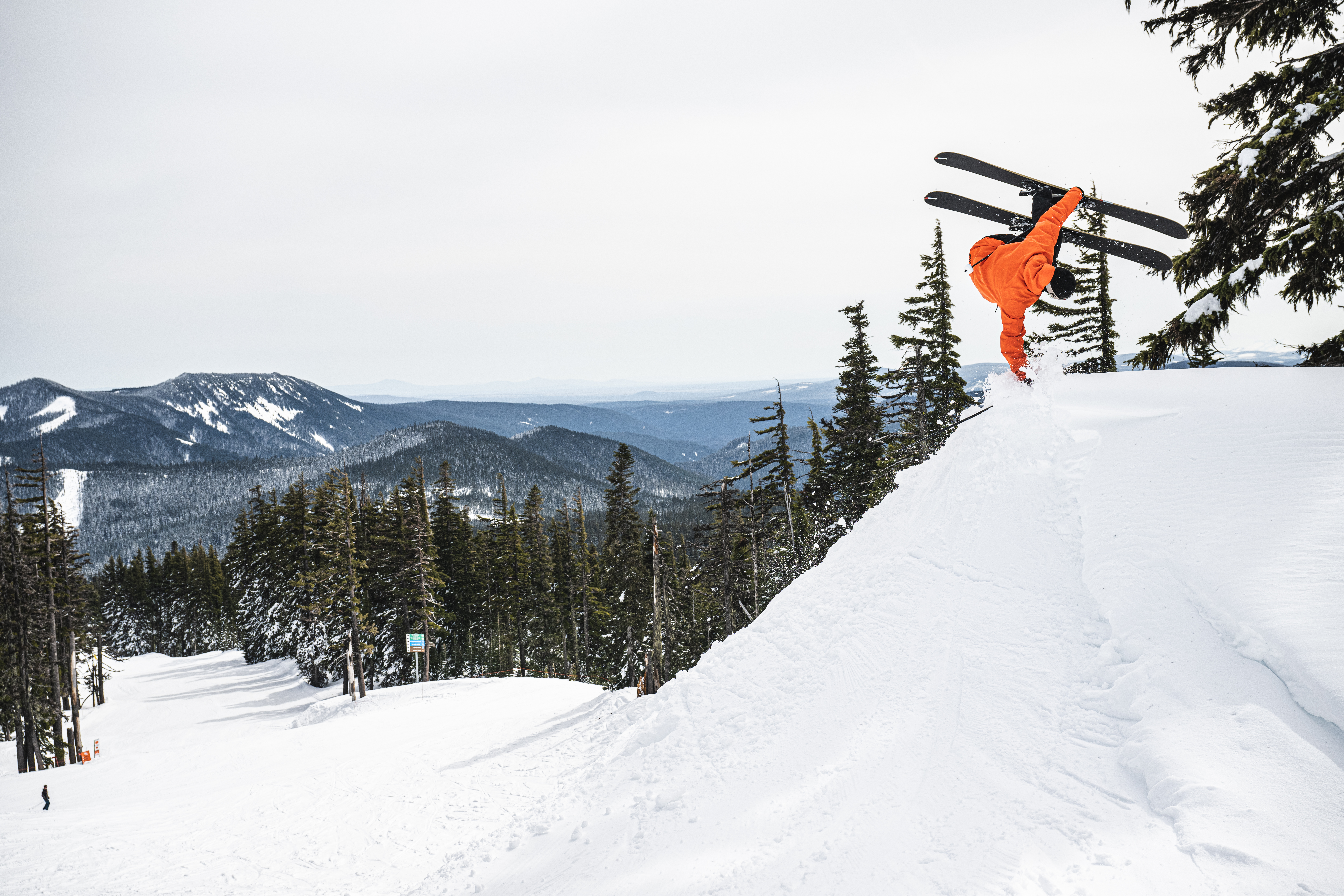
One thought on “Editor’s Review: POC Auric Cut Backcountry SPIN helmet and Clarity goggle”
Comments are closed.